Promenade au clair de lune au palais Changdeokgung (창덕궁 달빛기행)
8.5Km 2023-08-02
99, Yulgok-ro, Jongno-gu, Seoul
• Centre d'appels 1330 : +82-2-1330 (coréen, anglais, japonais, chinois) • Pour obtenir plus d'info : +82-2-2270-1233 / 1238
Nous vous invitons à la Promenade au clair de lune au palais
Changdeokgung qui a lieu tous les ans d'avril à octobre.
Ce programme vous permet d'en apprendre plus sur l'histoire ancienne de la Corée ainsi que la
culture traditionnelle du pays.
Ce programme de visite nocturne vous permet également de profiter de concerts traditionnels tout en dégustant des petits encas typiques de Corée.
Construit à l’origine pour servir de villa royale, le palais
Changdeokgung est devenu le centre du gouvernement durant la dynastie Joseon après que le palais principal
Gyeongbokgung ait été brûlé durant l’invation japonaise au XVIème siècle. En plus de son importance politique, le palais est renommé pour son esthétique et son architecture, étant aménagé au sein d’un magnifique paysage naturel. En 1997, l’UNESCO a inscrit le palais Changdeokgung sur la liste du patrimoine culturel.
Dans le cadre du projet Création des Palais Vivants, le circuit au clair de lune du palais Changdeokgung offre une occasion unique de contempler et faire l’expérience de la beauté du palais.
Nolbu Budaejjigae Cheolpangui Eulji-ro 6ga(놀부부대찌개 철판구이 을지로6가)
8.5Km 2020-11-25
6 Eulji-ro 44-gil Jung-gu Seoul
+82-2-2264-7738
It is the largest chain of Budaejjigae (spicy sausage stew) franchises in Korea. The best menu at this restaurant is sausage stew. This Korean dishes restaurant is located in Jung-gu, Seoul.
Phopular (퍼퓰러)
8.5Km 2021-03-30
2, Eulji-ro 44-gil, Jung-gu, Seoul
+82-2-792-9119
A restaurant where Vietnamese chefs cook dishes, themselves. The best menu at this restaurant is rice noodles. This Vietnamese (cuisine) restaurant is located in Jung-gu, Seoul.
Geumdwaeji Sikdang (금돼지식당)
8.5Km 2024-10-30
149, Dasan-ro, Jung-gu, Seoul
Geumdwaeji Sikdang est réputé comme l'un des meilleurs restaurants de plats de porc à Séoul et propose des plats typiques comme le Bonsamgyeop.
Season's Table Dongdaemun LOTTE FITIN(계절밥상 동대문롯데피트인)
8.5Km 2020-10-29
7F, LOTTE, FITIN, 264, Eulji-ro, Jung-gu, Seoul
+82-2-6262-4715
This is a buffet located in Dongdaemun Gate, Seoul. The representative menu is Korean dishes. A buffet restaurant serving Korean dishes.
HANAMPIG Dongdaemoon(하남돼지집 동대문)
8.6Km 2020-10-30
5-4, Eulji-ro, 43-gil, Jung-gu, Seoul
+82-2-2266-3030
A barbecue specialty restaurant located in Dongdaemun Gate, Seoul. The most famous menu is grilled pork belly. Each server cooks meat for you.
Jinhyang Jokbal (진향족발)
8.6Km 2021-03-19
231-1, Jong-ro, Jongno-gu, Seoul
+82-2-745-5533
A pig's trotter(s) specialty restaurant located near Jongno 5(o)ga Station in Seoul. One of the top 5 jokbal (pig's trotter) restaurants in Seoul. This restaurant's signature menu is braised pigs' feet.
Manjok Ohyang Jokbal Dongdaemun(만족오향족발 동대문)
8.6Km 2020-10-30
9-4, Eulji-ro, 43-gil, Jung-gu, Seoul
+82-2-2271-0880
A pig's trotter(s) specialty restaurant located in Dongdaemun Gate, Seoul. The most famous menu is five-spice pigs' feet. One of the top 3 stores specializing in jokbal (pig's trotter) in Seoul.
Brown Chicken (브라운치킨)
8.6Km 2021-03-18
15, Eulji-ro, 43-gil, Jung-gu, Seoul
+82-2-2275-9972
Try fried chicken, one of Korea’s representative dishes. The most famous menu is fried chicken. A chicken specialty restaurant located in Dongdaemun Gate, Seoul.
Rivière Cheonggyecheon (청계천)
8.6Km 2024-05-16
Changsin-dong, Jung-gu, Seoul
+82-2-2290-6114
La place Cheonggye est située à Sejong-ro au départ de la rivière Cheonggyecheon (batiment Dong-A Ilbo) jusqu'au pont Sindapcheolgyo. Elle mesure à peu près 160 m de long sur 50m de large avec une belle fontaine, une cascade artificielle et une réplique miniature de la rivière Cheonggyecheon sur le sol. On trouve aussi des affiches et des commentaires détaillés sur les 22 ponts qui enjambent la rivière ainsi qu'un certain nombre de fontaines qui décorent le site.Toute cette zone commémore le projet de restauration de la rivière et symbolise l'harmonie, la paix et l'unité.
Suite à la validation du projet de restauration de la place Cheonggye, le gouvernement métropolitain de Séoul a réduit considérablement le traffic routier dans cette zone, offrant ainsi plus d'espaces de loisirs pour les piétons. Depuis lors, les zones riveraines de Cheonggyecheon et des rues environnantes sont devenues des lieux populaires pour se rafraîchir et rechercher la tranquilité. La fontaine “bougie” est l'installation vedette de ce site. Elle est composée de trois appareils d'éclairages différents et s’élève à 4 mètres de haut. L'installation est notamment composée de 8 rochers en provenance des 8 provinces du pays.
La place Cheonggye est particulièrement belle la nuit. En effet, les visiteurs peuvent admirer le spectacle fantastique de la lumière et l'eau même la nuit.
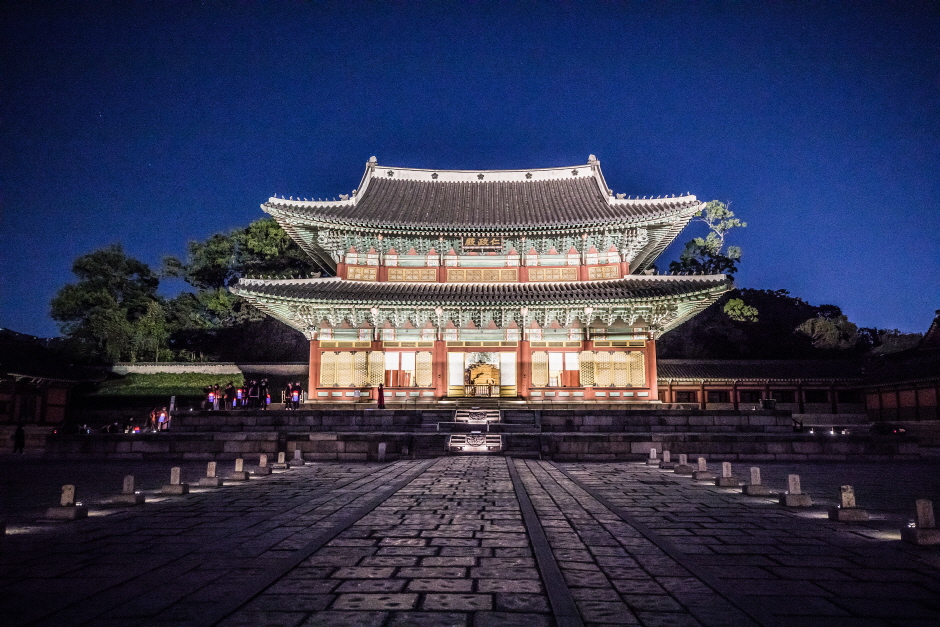
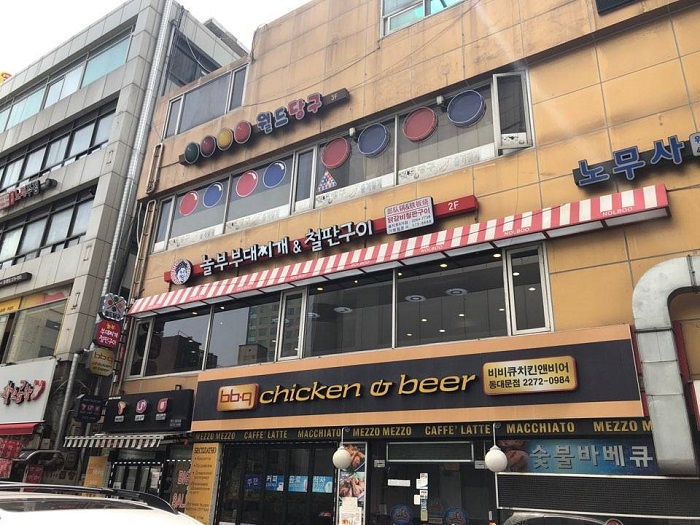
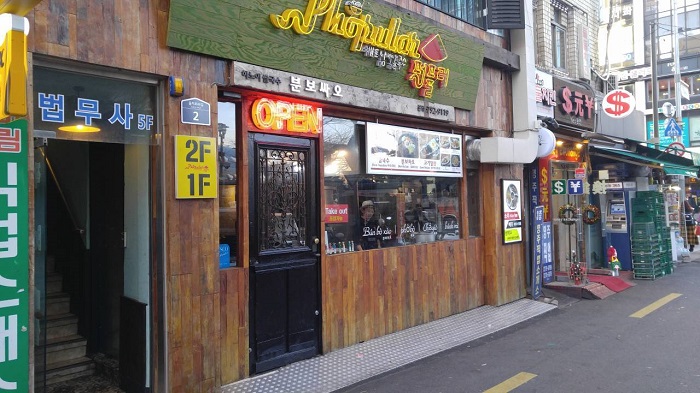

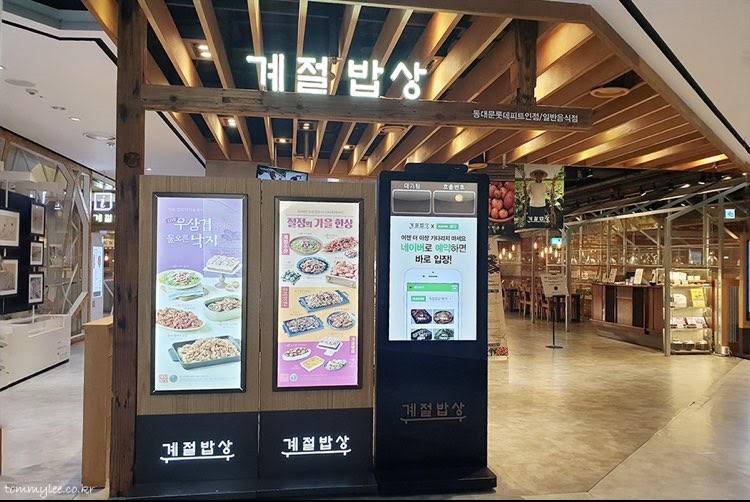
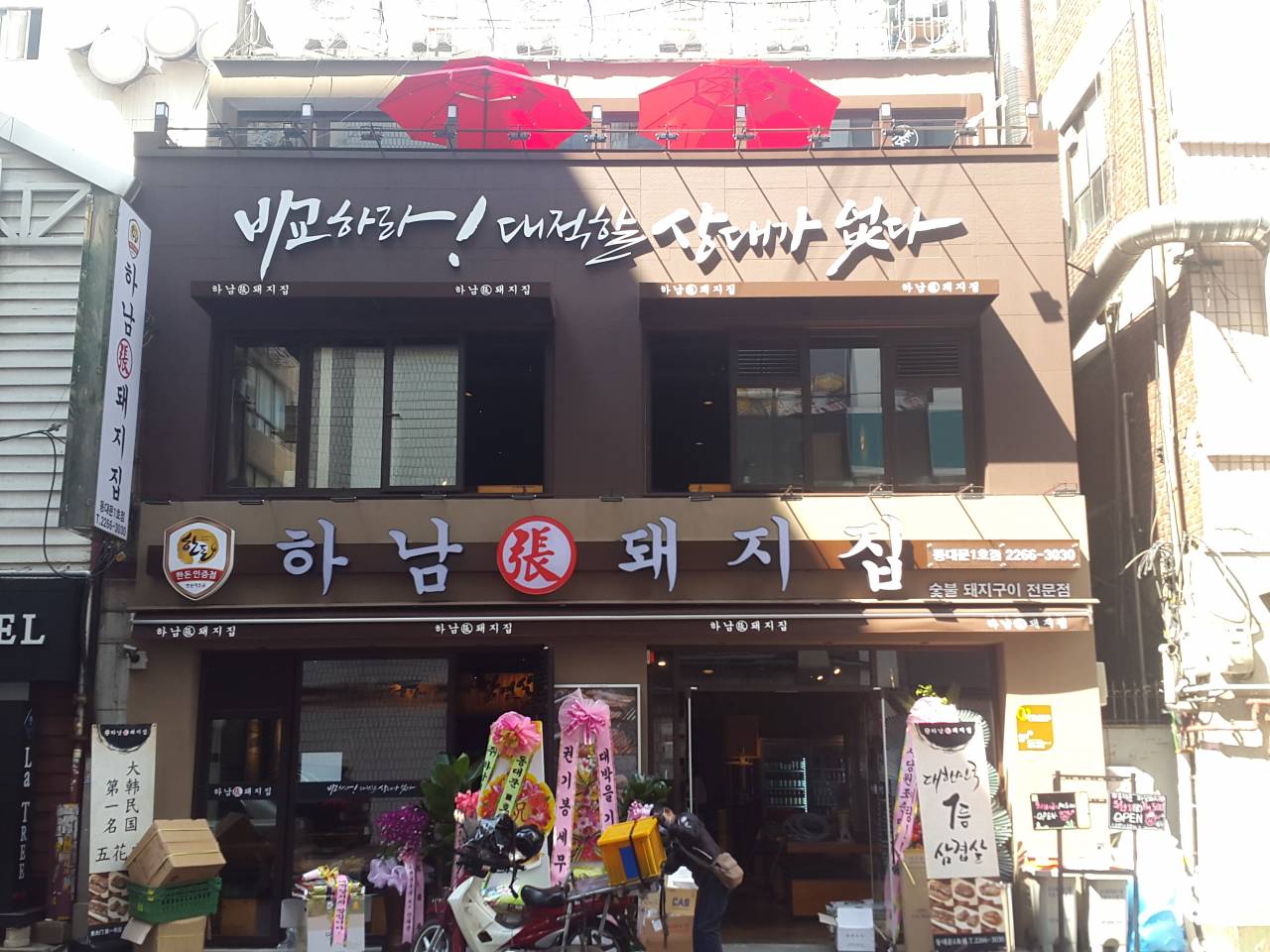
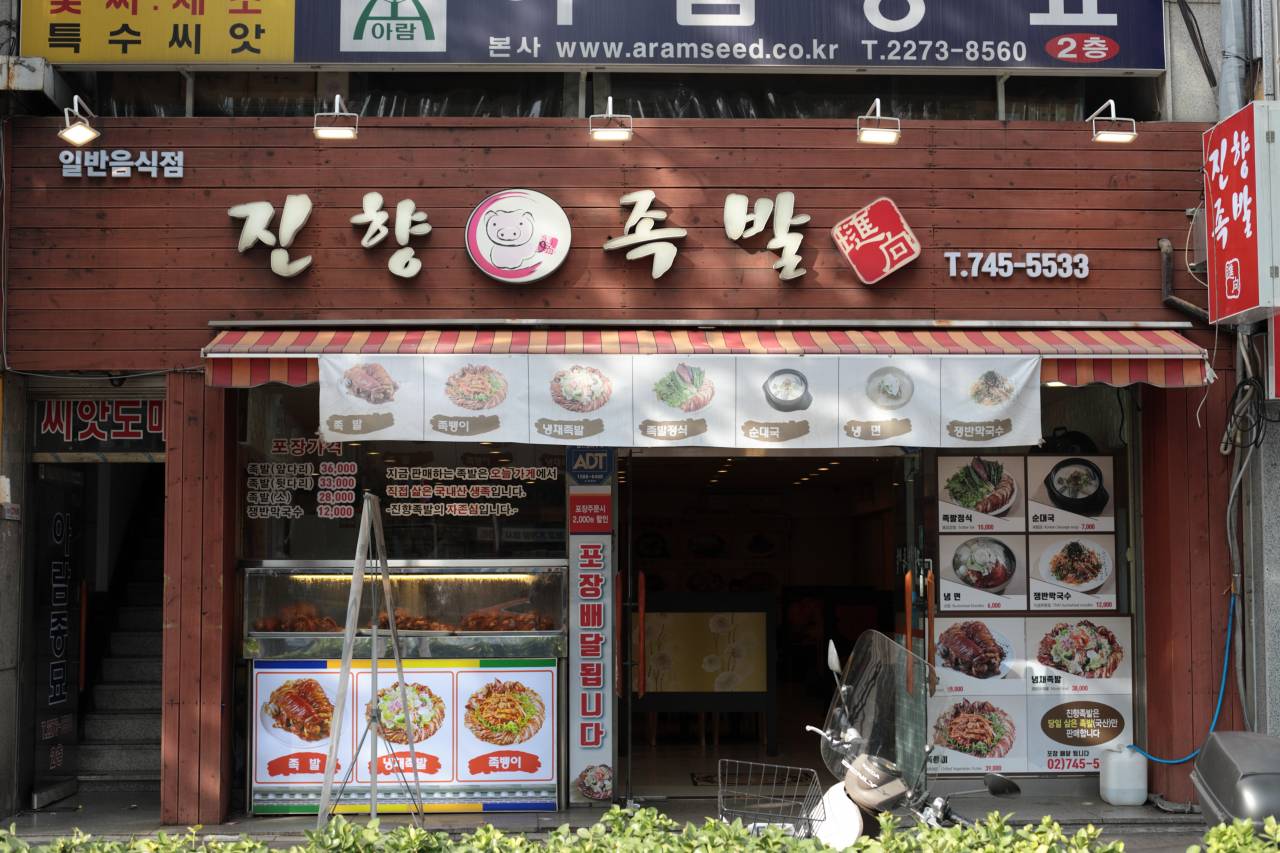
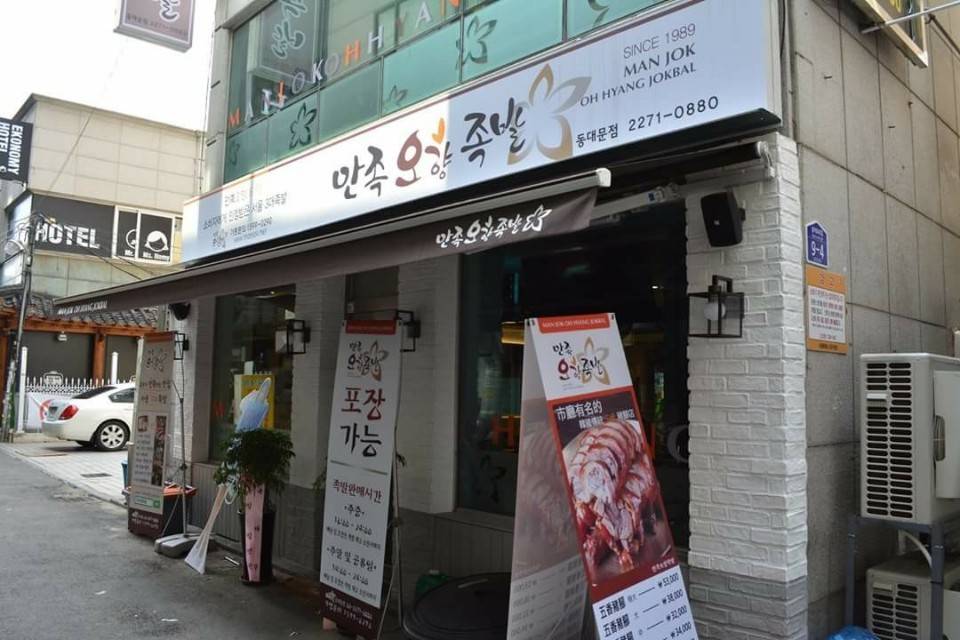
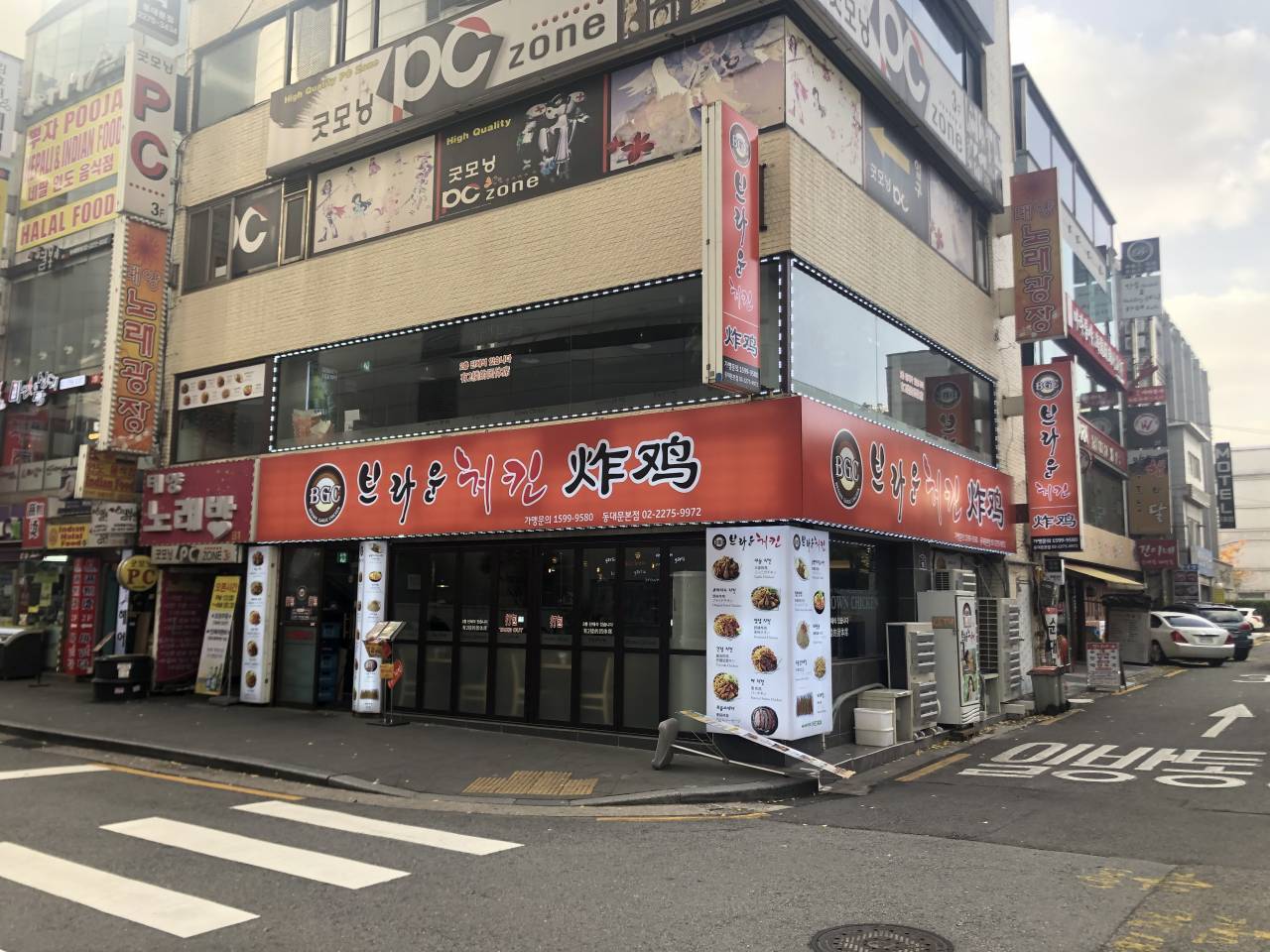
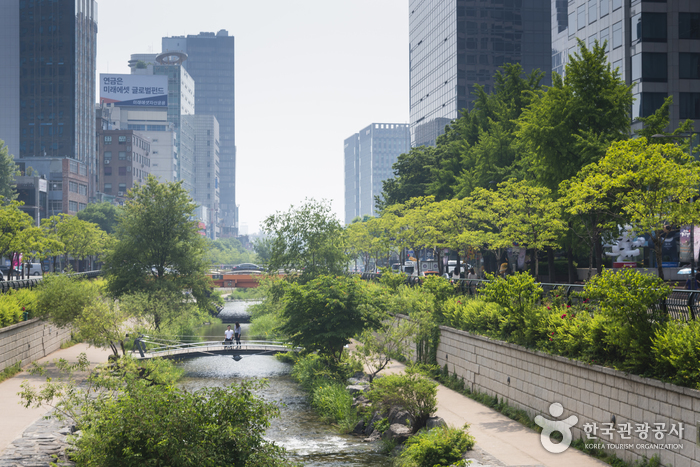
 Français
Français
 한국어
한국어 English
English 日本語
日本語 中文(简体)
中文(简体) Deutsch
Deutsch Español
Español Русский
Русский